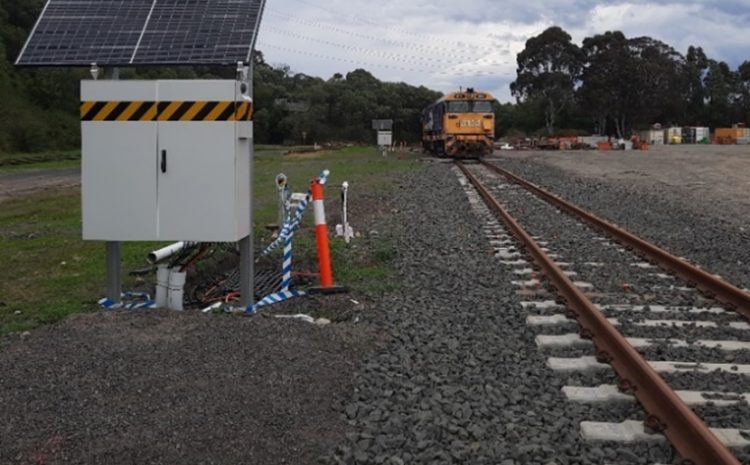Professor Buddhima Indraratna will give a keynote talk at TISDIC 2023

We are honored to announce that Professor Buddhima Indraratna will give a keynote talk at the conference, entitled “Use of Waste Materials in Transportation Infrastructure“.
He is a Distinguished Professor of Civil Engineering and the Director of Transport Research Centre, at University of Technology Sydney. Formerly, he was a Distinguished Professor and the Founding Director of Australian Research Council’s Training Centre for Rail Infrastructure (ARC ITTC-Rail) at the University of Wollongong. He is also an Honorary Distinguished Professor at the Asian Institute of Technology, Thailand, Indian Institute of Technology, in Assam and Harbin Institute of Technology in Harbin, China.
Abstract
Co-authors: Dr Chathuri Arachchige, Prof Cholachat Rujikiatkamjorn, Dr Yujie Qi, Dr Trung Ngo
While attending to the challenges of environmental preservation, waste recycling, and future infrastructure needs, several innovative state-of-art research projects have been undertaken to demonstrate the use of waste materials in transport infrastructure development within a circular economy perspective. For example, industrial waste such as Coal Wash (CW), Steel Furnance Slag (SFS), and Fly Ash (FA) produced in coal and steel manufacturing processes were proportionally blended, and different configurations of off-the-road tyres and used conveyor belts (i.e., rubber granules (Rb), rubber geogrid, tyre cells) were incorporated when designing and constructing rail and road substructure. In particular, outcomes of the rubber-blended waste mixtures (CW+Rb, CW+SFS+Rb) tested using laboratory physical models indicate increased damping properties and reduced breakage of substructure granular materials under dynamic loads, while satisfying conventional design requirements. The tests were conducted using conventional and large-scale triaxial equipment, whereby the confining pressures, loading frequencies, and applied cyclic stresses were selected to represent the actual field conditions.
Innovative use of recycled tyre elements (i.e. tyre derived aggregates, rubber geogrids, and infilled tyre assembly) within the real-life track substructure (i.e. ballast and subballast) demonstrated favourable pressure redistribution to ensure improved performance (Figure 1). Real-size prototype tests were also conducted using the National Facility for Cyclic Testing of High-speed Rail originally set up by Prof Indraratna, to investigate the performance of infilled tyre cells as the capping layer.
Furthermore, the numerical models and analysis of test outcomes discussed in this paper encourage stakeholders to look towards long-lasting transport infrastructure that relies on fewer raw materials, less quarrying and a significantly reduced carbon footprint over the years to come.
